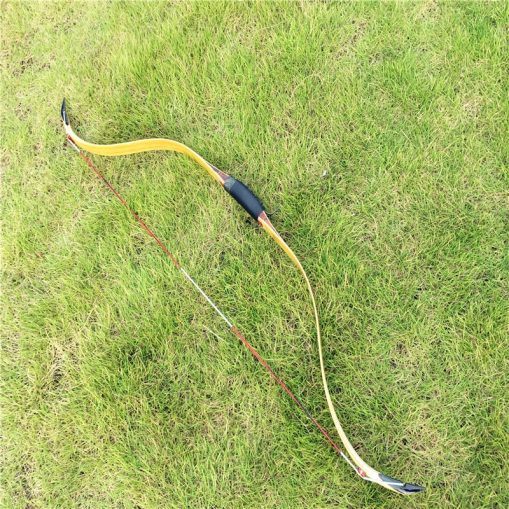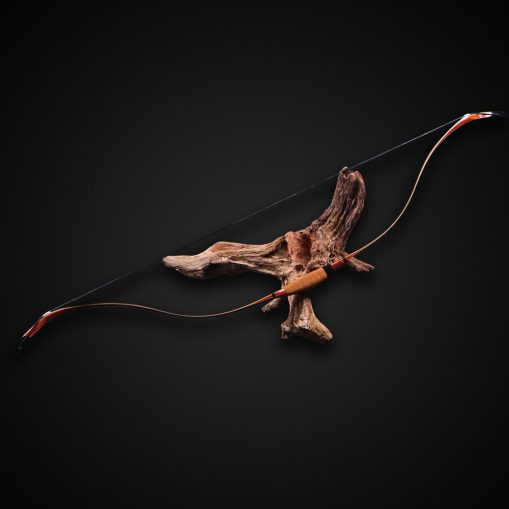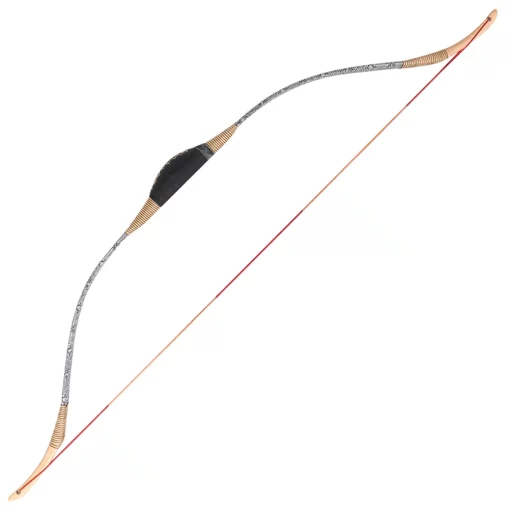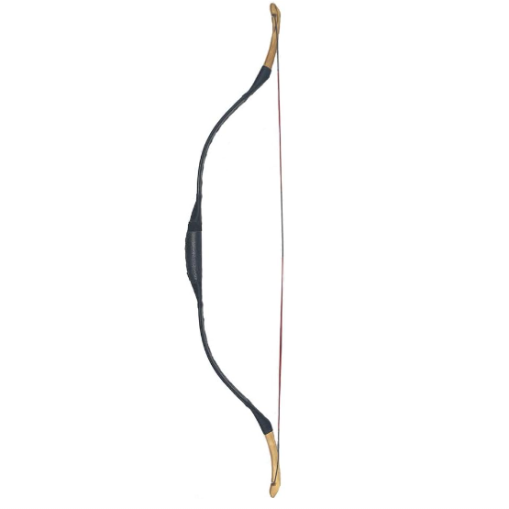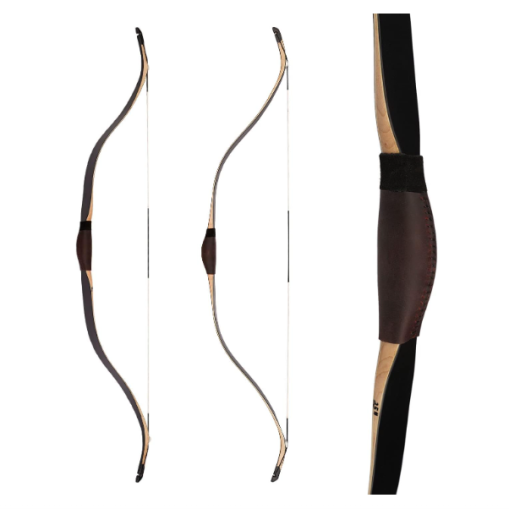
Turkish Bows & Ottoman Recurve Archery Bows for Sale
Customer Reviews
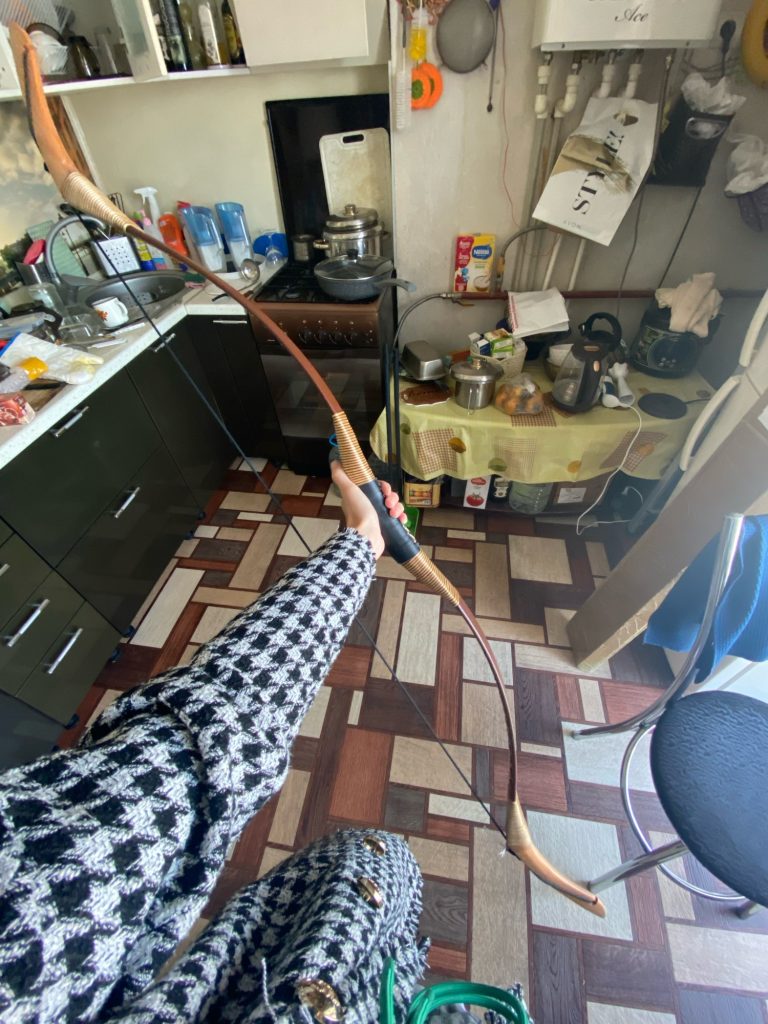
Thanks for fast delivery!!! It’s perfect!!! My bow look good for winter hunting!!!

Elegant Work! thanks to seller and the master, I wanted to buy such a bow!
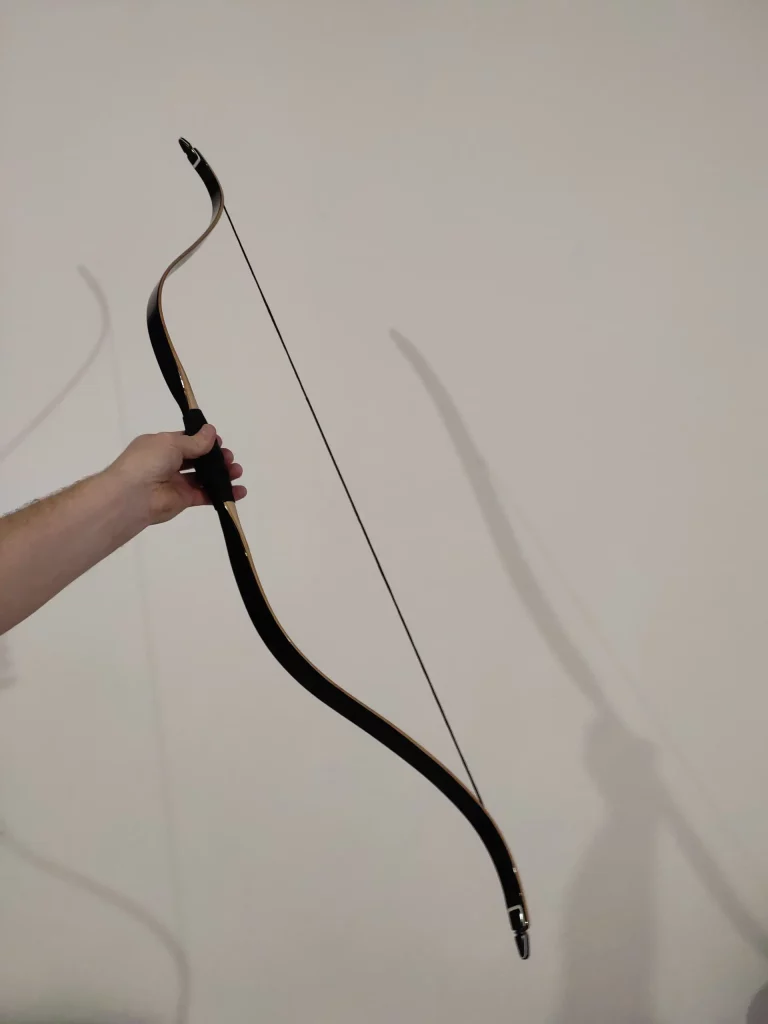
Great Bow. Beautiful!!!
Pretty!!! Just lovely.

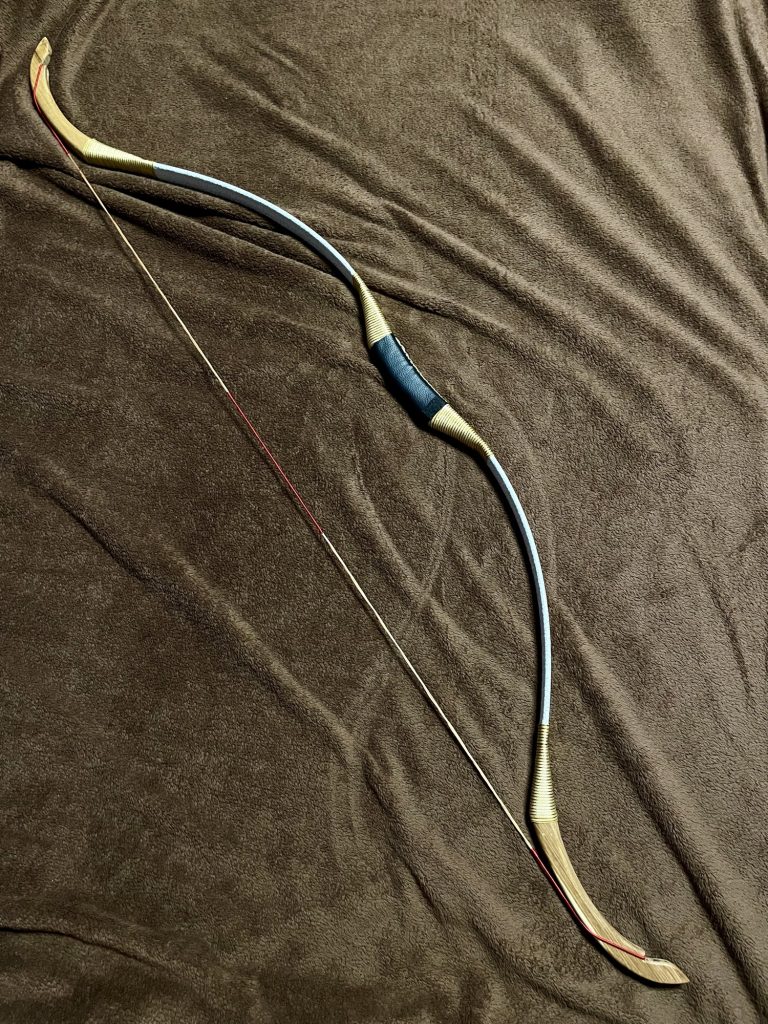
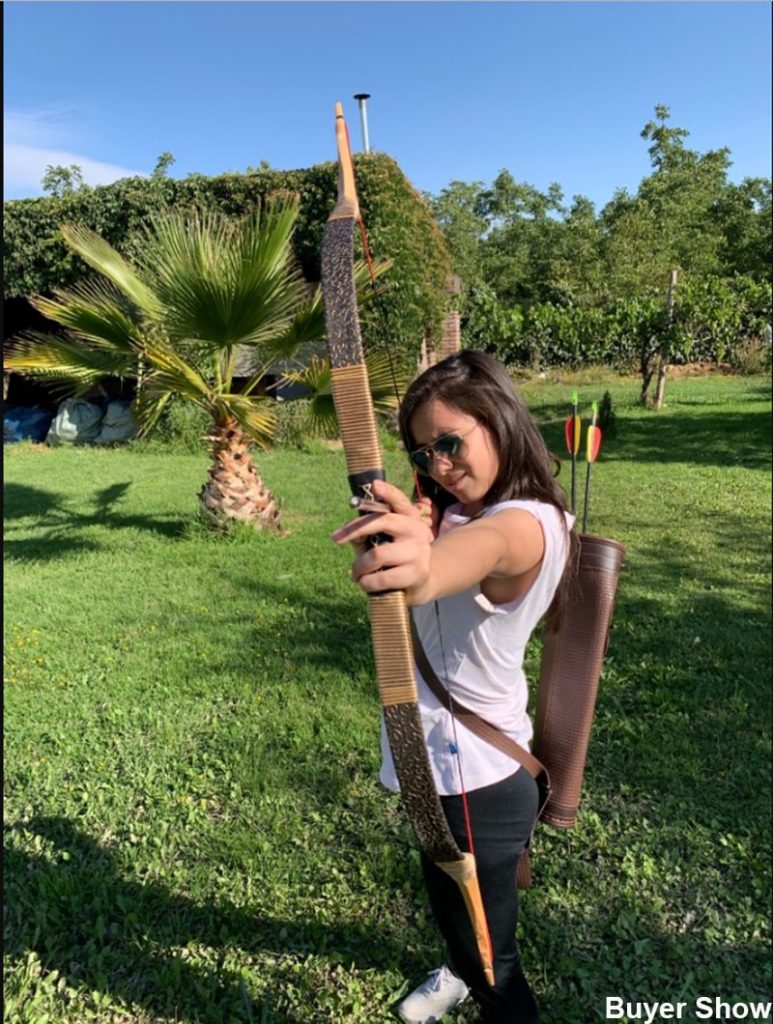
What is The Ottoman Bow?

Also known as the Turkish bow or the composite bow, is a traditional bow design that has historical significance in the Ottoman Empire and other Central Asian, Middle Eastern, and Eastern European regions. It is a unique type of bow characterized by its composite construction, meaning it comprises multiple materials.
What Turkish Bows Are Made Of
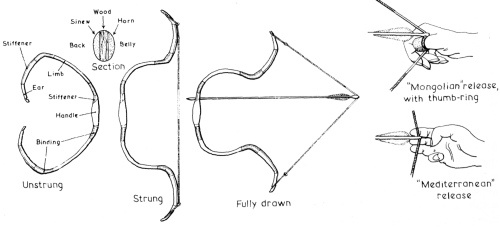
- The Bow Limbs: These are the flexible parts of the bow that store and release energy when the bow is drawn and released. Ottoman bows have recurved limbs, which means they curve away from the archer when unstrung. When the bow is strung, the limbs bend towards the archer. Choosing sturdy and flexible wood and making the wooden frame properly is important.
- The Bow Grip: The handle or grip is typically made from sturdy material and allows the archer to hold and control the bow while shooting, usually made from cow leather.
- The Siyahs: These are the short, stiff tips at the ends of the bow limbs. Siyahs are usually made from animal horns and serve to reinforce the bow’s tips, enhancing its performance and durability despite the bow’s lighter weight.
- The Bowstring: The string used is usually made from a combination of materials, such as sinew (tendon fibers), silk, or other durable fibers, resulting in a strong and flexible string suitable for the composite bow design.
History of The Turkish Bow
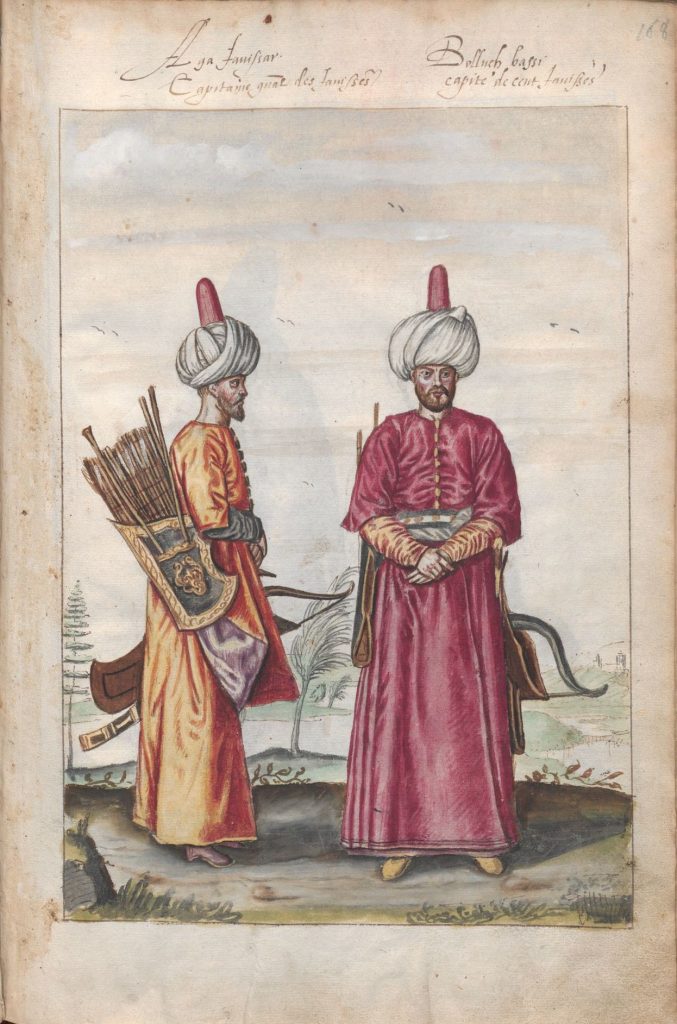
The history of the Turkish recurve bow stretches back thousands of years and is deeply intertwined with the cultures and civilizations of Central Asia, the Middle East, and Eastern Europe.
The composite bow design, of which the Turkish bow is a prominent example, has its roots in the ancient civilizations of the Eurasian Steppe, such as the Scythians, Huns, and Mongols. These nomadic peoples relied on horseback archery and developed composite bows with very heavy draw weights with great portability, power, and effectiveness in warfare.
The Turks, an ancient Central Asian people, are believed to have played a significant role in refining and popularizing the composite bow. They were skilled horse archers, and their expertise with the bow was passed down through generations.
As the Turkic tribes migrated westward, they brought the composite bow, archery technique, and special arrows with them. The bow’s design was further influenced by the cultures and regions they encountered along the way.
The Turkish bow gained prominence during the rise of the Ottoman Empire in the 14th century. The Ottomans, who originated from the Turkish-speaking Anatolian region, became one of history’s most powerful and long-lasting empires. The composite bow played a crucial role in their military successes, particularly during their expansion into Europe and the Middle East.
Post Ottoman Empire
With the advent of firearms and changing warfare tactics, the use of traditional archery, including the Turkish bow, gradually declined in military contexts during the late 17th and 18th centuries.
In the modern era, there has been a resurgence of interest in traditional archery sport, including the Turkish bow. Archery enthusiasts, historians, and craftsmen have worked to preserve and revive the art of crafting and shooting with these ancient bows.
Frequently Asked Questions
Here are some other commonly asked questions.
Mongol Bow vs Turkish Bow
The origins and history are very similar and overlap with one another, but the bigger difference is the size of the bows. Mongolian bows are slightly larger and have a B type of shape, whereas the latter has more of a D shape.
How Big Are Ottoman Bows
Usually, they are around 48 inches in height and have a draw length of 28-30 inches.
Draw Weight & Shooting Distance
Heavier draw weights can range up to 150 lbs and shoot over 350 yards or around 300+ meters. It’s hard to find such weights nowadays but they were more common during medieval warfare. Modern-day ones are significantly lighter ranging from 20 – 50 lbs which is enough to shoot 100-200 yards or up to 150 meters.

